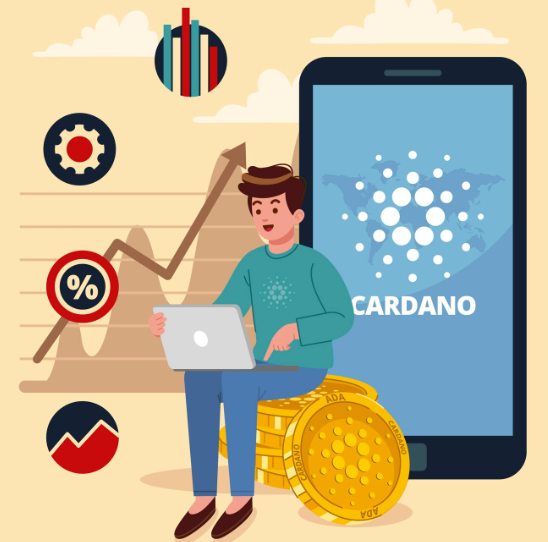Token burning represents the most critical mechanisms in cryptocurrency economics, often creating confusion about its impact on token supply dynamics. While “burning” suggests destruction, the process involves complex economic relationships that can paradoxically influence supply unexpectedly. Many investors assume burning always reduces available tokens, but the reality involves nuanced interactions between burned tokens, mining rewards, staking distributions, and market psychology that can stimulate increased token creation. Projects featuring little peeps often implement burning mechanisms that interact with their reward systems in counterintuitive ways. The psychological and economic responses to burning events can trigger behaviours that ultimately increase token generation through various network activities and incentive structures.
Compensation mechanism activation
Token burning events often trigger compensation mechanisms designed to maintain network stability and participant rewards, resulting in increased token generation that can exceed the burned amounts. Many blockchain networks implement automatic minting protocols that activate when supply drops below predetermined thresholds, ensuring adequate token availability for network operations and staking rewards. These compensation systems monitor total supply levels and initiate additional token creation when burning reduces circulating amounts beyond optimal ranges. The automatic minting often generates more tokens than the burning destroyed, creating net supply increases despite the deflationary appearance of the burning process.
Staking reward amplification
Burning events frequently increase staking participation as token holders seek to maximize their holdings during perceived scarcity. This increased staking activity triggers higher reward distributions that add new tokens to circulation at accelerated rates compared to pre-burning levels. The heightened staking activity creates compounding effects where more participants receive more rewards, generating substantial token additions that can surpass burned quantities. These reward amplifications operate independently of the burning mechanism while directly stimulating the scarcity psychology that burning events create among token holders.
Mining incentive responses
Proof-of-work networks may experience increased mining activity following burning events as miners anticipate higher token values and transaction fees. This enhanced mining participation leads to more frequent block rewards and accelerated token generation that adds supply faster than burning removes it. The mining response occurs because burning events often correlate with increased network activity and higher transaction volumes that boost miner profitability. These economic incentives attract additional mining power that produces more blocks and associated rewards, creating net supply increases despite ongoing burning activities.
Network activity stimulation
Burning announcements and events typically generate increased network usage as traders, arbitrageurs, and speculators react to the supply change announcements. This heightened activity triggers various reward and incentive mechanisms built into network protocols.
- Transaction fee redistribution systems that mint new tokens for network validators
- Liquidity provider rewards that increase during high-volume trading periods following burns
- Governance token distributions that activate during periods of increased protocol engagement
- Referral and affiliate reward systems that generate additional tokens during marketing-driven activity
- Bug bounty and development incentive programs that accelerate during network attention spikes
- Community reward distributions that scale with network participation metrics
These activity-driven mechanisms often generate more tokens than the burning events remove, creating net supply increases while maintaining the psychological benefits of deflationary messaging that burning events provide to token holders and potential investors. Burning events also stimulate fork creation and derivative token launches as developers attempt to capitalize on the attention and perceived value created by the original burning announcement. These secondary tokens add to the overall supply of related digital assets even if they don’t directly affect the burned token’s circulation. Token burning’s relationship with supply involves complex feedback loops that often increase rather than decrease total token availability.

